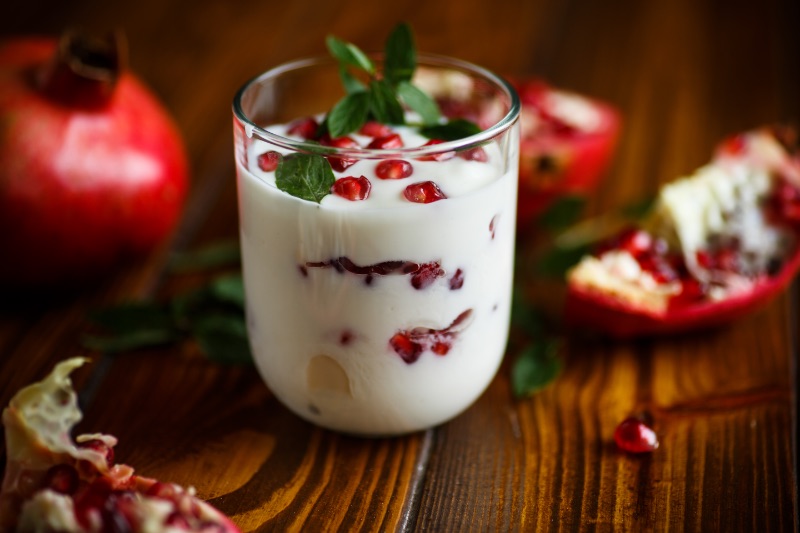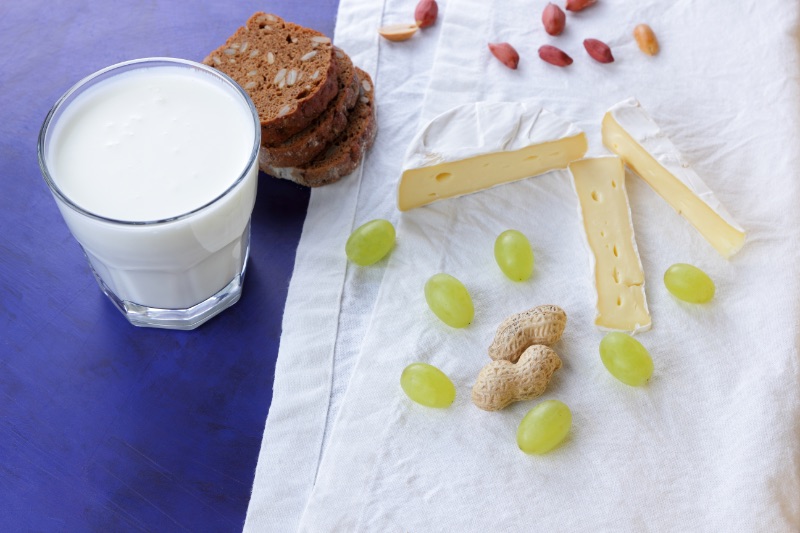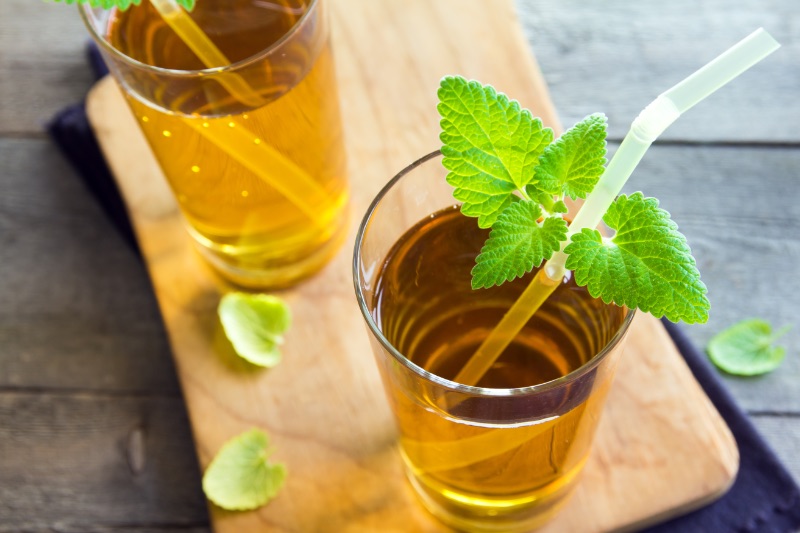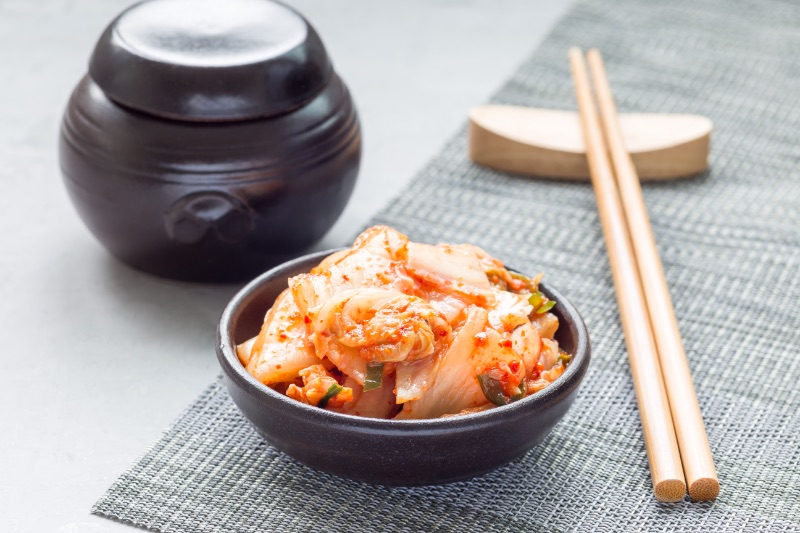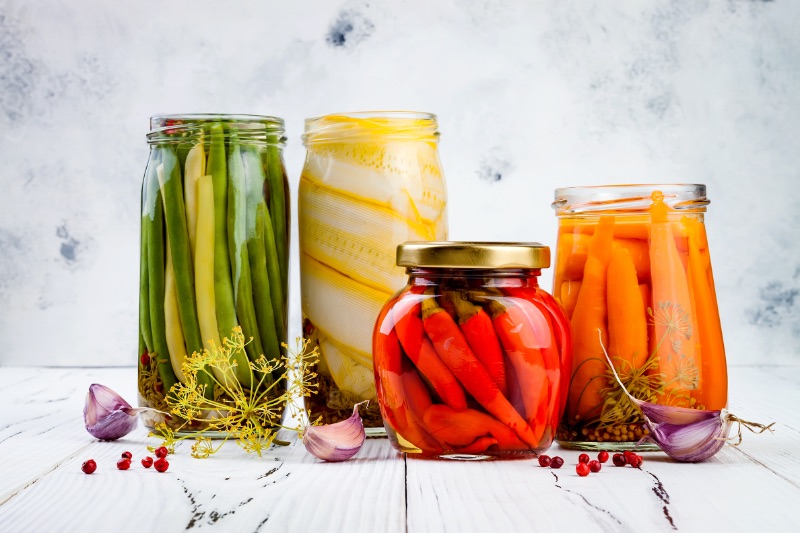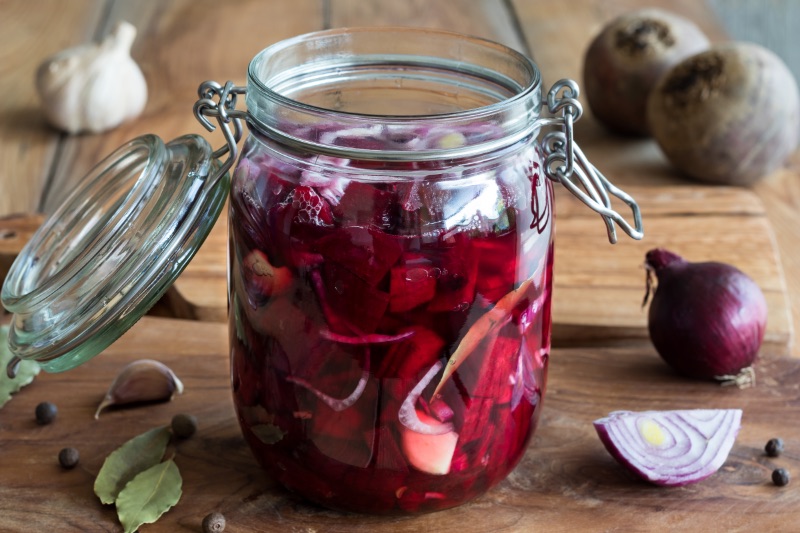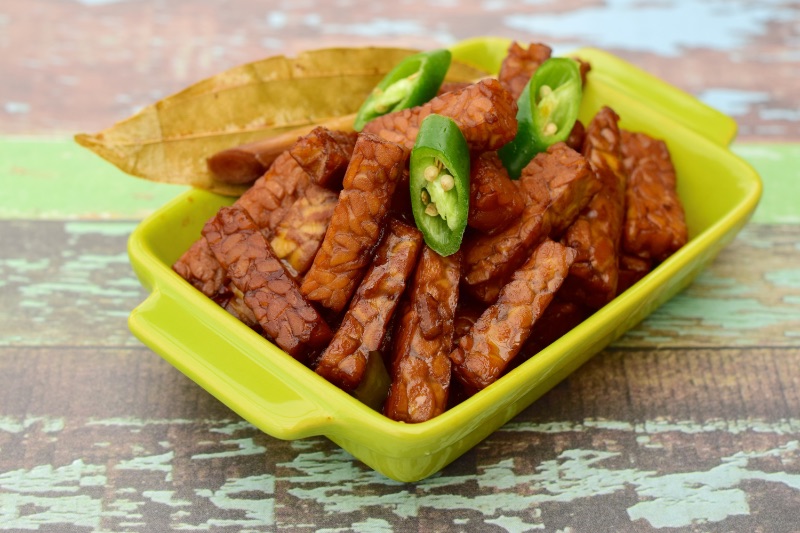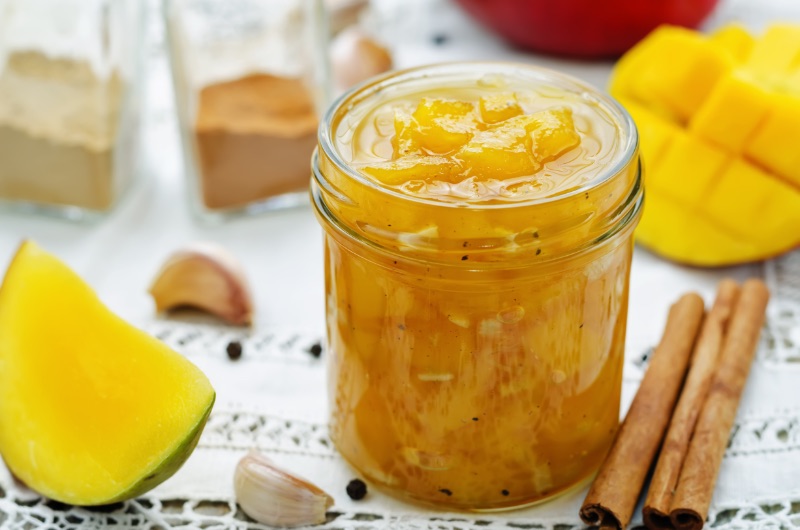What is Fermentation?
Fermentation is the process of using microorganisms – bacteria or yeast – to break down substances. Commonly used for producing alcoholic beverages such as beer or wine, the process of fermentation also transforms ordinary ingredients like milk and vegetables into new foods with the help of “good” bacteria. A more familiar name for this type of bacteria is probiotics. You’ve probably already been eating fermented foods without even knowing it – chocolate, for instance, is fermented as well as coffee, apple cider vinegar, cheese, bread and more!
Here's a list of the top fermented foods to incorporate probiotics into your diet.
#1: What is Yogurt?
Yes - this morning routine staple is actually fermented! Yogurt is made when bacterial cultures are added to milk to begin the process of breaking down lactose into lactic acid. The result is the thick, creamy treat with a hint of tartness that we all know and love. Even better, yogurt isn’t just for breakfast anymore. Yogurt-based marinades and dipping sauces are delicious ways to incorporate yogurt into your meals. Check out the recipes below:
• Use it as a marinade for these Yogurt Marinated Chicken
• As a dipping sauce with this Spiced Fruit Yogurt Dip
• Or, sub out mayo for yogurt in this Greek Pasta Salad with Cucumber Yogurt Dressing
Be sure to choose a brand that uses live cultures and has no added sugar.
#2: What is Kefir?
Kefir is yogurt’s close culinary cousin, with a history dating back centuries to the Caucasus Mountains in Eastern Europe. To make this creamy treat, kefir grains, a culture containing multiple strains of yeast and bacteria, are added to milk to begin fermentation. After 24 hours, the milk is strained, and voilà! Traditionally, this beverage is made with cow’s milk, but today, non-dairy alternatives such as coconut kefir can also be found. Kefir is thick and slightly tarter than yogurt and its distinctively fresh frizz can be consumed as is or added to smoothies and sauces. Discover tasty ways to eat kefir with the recipes below:
• Chocolate Banana Shake with Turmeric and Cinnamon – just swap out the milk!
• Vanilla Buttermilk Cake with Brown Butter Sauce – Mix kefir in with the fresh fruit compote
• Sorghum Breakfast Bowl with Cinnamon Roasted Sweet Potatoes
#3: What is Kombucha?
Kombucha may be the current golden child of "foodies," but its roots run deep. This effervescent drink is made from tea and sugar that is fermented with the help of both bacteria and yeast to produce a tonic that the ancient Chinese, who began making it over 2,000 years ago, referred to as “the tea of immortality.” While the taste is an acquired one for some drinkers, the variety of flavors that now line grocery store shelves gives you a lot of options to choose from. Try making mocktail versions of these delicious cocktails by subbing out the alcohol or sparkling juice for kombucha – it’s refreshingly bubbly:
• Complement the sweetness of this fresh fruit spritzer and substitute the club soda for kombucha
• Spice up this warm, spiced cranberry punch with flavored kombucha and pineapple slices
• Try adding kombucha instead of sparkling clementine juice in this sweet and spicy fizzy fruit energizer for a fresh start in the morning
Looking for kombucha food pairings? You can incorporate kombucha into your meals by swapping out vinegar – or, add it into your favorite marinades.
#4: What is Sauerkraut?
Sauerkraut is not just a delicious garnish for your annual Oktoberfest bratwurst (a type of German sausage made from finely chopped pork or veal), it is also one of the most recognized and popular fermented foods. This traditional German dish is made when cabbage and salt are combined and left to ferment for several days. Sauerkraut has a slaw-like consistency that can stand alone as a side dish or be incorporated into other dishes. Find our favorite sauerkraut recipes below:
• Slow Cooker Sausage and Sauerkraut
• Grilled Kielbasa and Sauerkraut
• Harvest Pork with Apples and Sauerkraut
As an added bonus, this tasty treat will stay fresh in the fridge for months.
#5: What is Kimchi?
If sauerkraut is the fermented garnish of choice in Germany, kimchi is the equivalent in Korean culture, where the dish has been prepared for nearly 3,000 years. Using the same base vegetable—cabbage—and adding plenty of spices (think ginger, red pepper and garlic), this fermented concoction transforms into a full-bodied condiment with a distinct, often spicy flavor. It’s a dish so iconic that UNESCO added it to the Intangible Cultural Heritage of Humanity List in 2013. Try these delicious kimchi recipes today:
• Korean BBQ burger with Gochugaru BBQ Sauce and Kimchi Slaw
• Shrimp and Kimchi Korean Pancake
• Grilled Kimchi
#6: What is Miso?
A staple of Japanese cuisine, miso is made when cooked soybeans are combined with koji mold and salt. This recipe is not for the impatient—the blend takes at least a few months to ferment properly and can be left for up to several years. But once it’s ready, miso can be used in pretty much any dish. Whether you’re turning your salty and sweet miso into a soup of its own, using it as a spice, spreading it on top of your entrée as a garnish or as a glaze, it will add a dash of umami to pretty much any meal. Try out these miso recipes now:
• Spicy Sherry Miso Glaze
• Miso Shrimp and Shishito Pepper Yakitori
#7: What are Pickled Vegetables?
We all know about traditional pickles—cucumbers soaked in salt and water—but did you know that you can pickle just about any vegetable? Learning how to pickle vegetables is super easy. Just add salt (and any desired herbs) to your carrots, cauliflower, or green beans and leave them to ferment. The results are pickled vegetables - a delicious snack similar to sauerkraut or kimchi. A word of caution—not all pickles sold at the grocery store are fermented, so don’t forget to check the label. Try your hand at pickling your own vegetables with these fun recipes:
• Asian-style Pickled Vegetables
• Quick Pickled Grilled Cauliflower
• Pickled Red Onions
#8: What is Kvass?
Kvass is a bubbly drink that has been consumed in Eastern Europe and Russia for centuries. In fact, the first written evidence of people enjoying kvass dates back to 989 AD. Made when yeast is added to a grain (rye bread is a popular choice) and left to ferment, kvass is known for its sour, tangy taste that is similar to kombucha. Try adding different kinds of fruit and berries to kvass for a sweet beverage – beet kvass is a popular variation of this fermented food favorite. Or, add it as a base to soups and stews.
#9: What is Tempeh?
Vegetarians and vegans have been singing the praises of this meat substitute for years. Made from fermented soybeans, tempeh has a texture similar to tofu and a taste that, while a bit bland on its own, makes it the perfect canvas for all your favorite seasonings, spices, and sauces. Try these delicious tempeh recipes today:
• Substitute chicken for tempeh with these Slow Cooker Buffalo BBQ Chicken Lettuce Wraps
• Swap out the tofu for tempeh with this Roasted Eggplant and Basil recipe
• Sub tempeh for tofu in these delicious butternut squash and Brussel sprout skewers
#10: What is Chutney?
Created using a similar process as pickles and sauerkraut, fruit chutney is made by combining your favorite fruit with salt, water, and any additional nuts and spices that strike your fancy. When your fruit chutney is ready to go, use it as a sauce or to lend a little dash of sweet and spicy to any savory dish. Not only is it tart and delicious, it can keep for up to a year in your refrigerator if you don’t eat it all first! Try these delicious chutney recipes today:
• Sweet and Spicy Apple Chutney
• Baked Brie with Cranberry Chutney
• Peach Sweet Onion Whiskey Chutney
![]()



